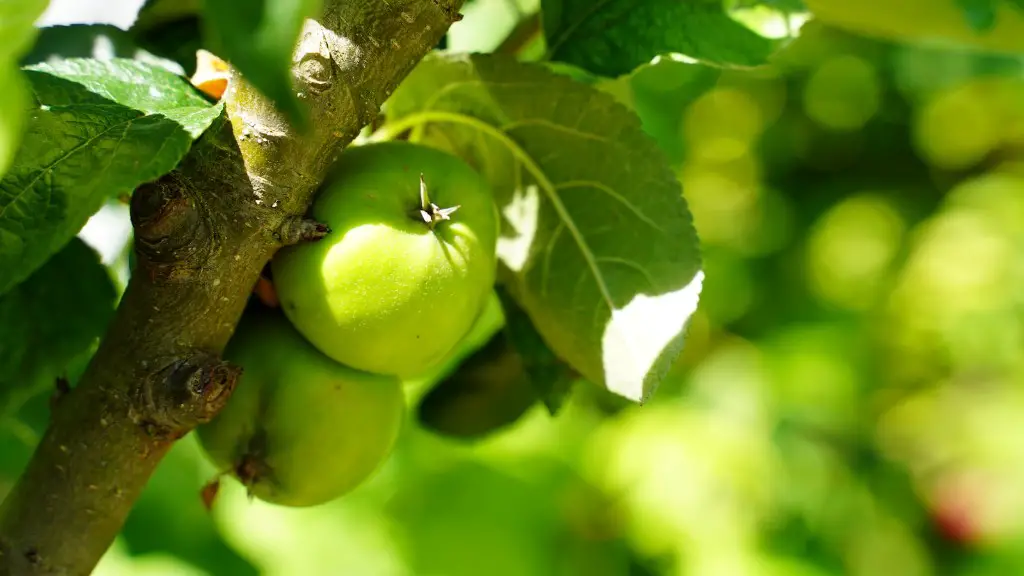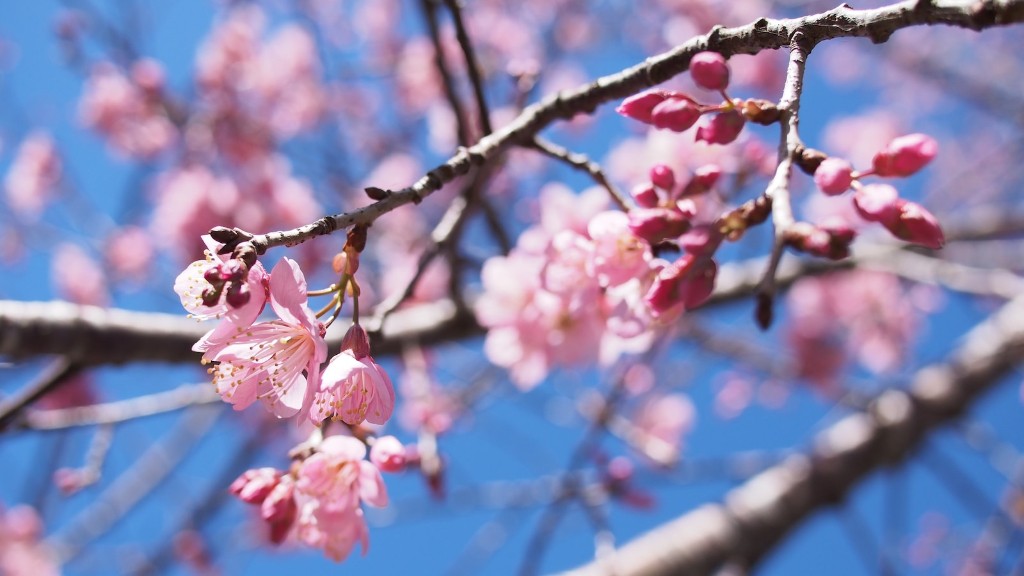Apple trees are a popular choice in many home gardens, providing abundant fruit and shade throughout the year. Replanting an apple tree is a daunting task, and requires careful planning and preparation. Here are 7 steps to help you replant an apple tree correctly.
1. Choose the right tree. Select an apple tree that is healthy and suitable for your particular climate zone and soil type. Consider your garden’s layout and which would be the best place for the tree.
2. Purchase the necessary supplies. Gather together the necessary tools and supplies, including a shovel, pruning shears, an auger, tree stakes, pruning sealant, compost, and mulch.
3. Prepare the ground. Dig a hole twice as wide and a foot deeper than you need to plant the apple tree. Remove any large roots and rocks, and break up the soil with a shovel or rototiller.
4. Plant the tree. Carefully remove the tree from its pot, taking care not to break off any branches. Place it in the middle of the hole, backfilling in the soil around the roots.
5. Stake the tree. Insert a stake securely into the ground near the tree, tying it parallel to the ground loosely with a soft material like canvas or jute twine.
6. Mulch the tree. Cover the area around the tree with three to four inches of organic mulch up to the base of the trunk.
7. Prune the tree. Prune away any dead or diseased branches, as well as any branches that are growing in an unproductive manner. Take care not to prune away too much of the live wood.
root care
Root care is essential to the long-term health of your newly replanted apple tree. Make sure you provide it with plenty of water, especially during hot, dry periods. You may want to consider setting up a soaker hose or an irrigation system to optimize the tree’s water uptake.
Fertilize your apple tree at least twice each year, in early spring and late summer, with a balanced fertilizer such as 10-10-10. Make sure the tree has adequate drainage, as it will not tolerate wet conditions. If necessary, add decomposed granite or other soil amendments to ensure proper drainage.
Maintain at least three inches of mulch around the base of the tree at all times to help retain soil moisture and discourage weed growth. Prune away any suckers or other growth that is taking energy away from the fruit-bearing branches.
Pest control
Your apple tree may be attacked by pests such as aphids, mealybugs, and spider mites. If such pests are present, introduce beneficial insects such as ladybugs, lacewings, and praying mantis to help control the population. You may also consider spraying the tree with an insecticidal soap or neem oil.
Keep your apple tree healthy and pest-free with regular pruning and maintenance. If the tree suffers from an infection such as apple scab or fire blight, treat it with the appropriate fungicide.
If the tree is heavily diseased, you may have to remove it entirely and start over with a new tree. Keep a watchful eye on the tree and look for any changes in its health, as these changes may indicate pest infestations or other problems.
Fruit Harvesting
When your apple tree is in bloom, fertilize it with a balanced fertilizer such as 10-10-10. Once it begins to bear fruit, carefully monitor the trees and pick the fruits as they ripen. The key to harvesting apple fruit is to not harvest them too early or too late.
Apple trees require proper pruning to ensure an abundant fruit harvest. Prune to shape the tree and control populations of branches over-producing fruit and creating a weak structure. Prune off diseased or dead wood, and remove any suckers coming from the rootstock.
If the apple tree produces too much fruit, consider thinning it out. Start by removing fruits from the inside of the tree, focusing on those that are malformed or discolored. Also, pay attention to the size of the fruits; remove any that are smaller than the others.
If the tree is in bloom, you may also want to remove some of the flower heads to promote larger and fewer apples. The fewer fruit the tree has to produce, the healthier the crop will be.
Winter Care
Once autumn arrives and the temperatures drop, there are certain steps you need to take to ensure your apple tree survives the winter months. Begin by pruning away any dead or diseased branches, as these can invite pests or disease into the tree.
Once the tree is pruned, prepare it for cold winter conditions by mounding up soil or mulch around its base. This will protect the tree’s roots from freezing temperatures and maintain proper soil moisture throughout the winter.
During periods of extreme cold, protect your tree from frost damage with burlap, a tarp, or another layer of mulch. Keep a watchful eye on the tree and look for signs of winter damage or pests. If necessary, spray the tree with an insecticide or fungicide.
In early spring, lightly prune the tree and fertilize it with a balanced fertilizer. This will encourage new growth and help the tree flourish in the upcoming summer months.
Watering Routines
Apple trees need 1–2 inches of water per week during the growing season. To ensure your tree gets enough water, you may need to supplement rainfall with a soaker hose or irrigation system. Keep an eye on the tree and make sure it does not lack for water. If the soil appears dry, water the tree deeply with a slow trickle for at least an hour.
Avoid watering your apple tree too frequently, as this can lead to shallow root growth and lowered disease resistance. Avoid permanently wetting the tree, as this can cause root rot and other fungal problems.
A rain gauge can help you track how much water your apple tree is receiving. Believe it or not, your tree may actually require more water than you think, so make sure to monitor the tree and adjust your watering routines as needed.
Conclusion
Replanting an apple tree is a long-term investment that can be incredibly rewarding. With the right preparation, care and maintenance, your tree can provide you with years of delicious, juicy fruit. Follow the steps outlined in this post, and you can be confident your tree will make it through the winter and bear abundant fruit in the years to come.




